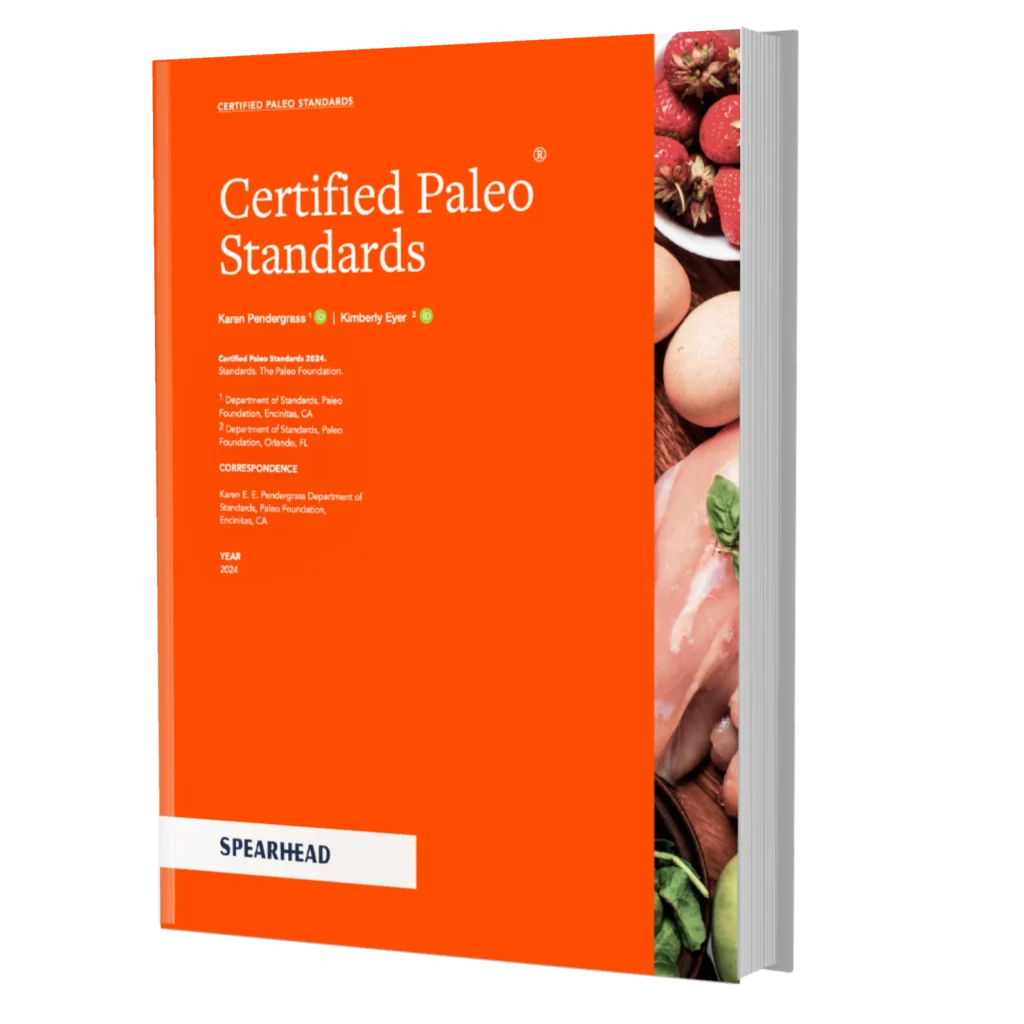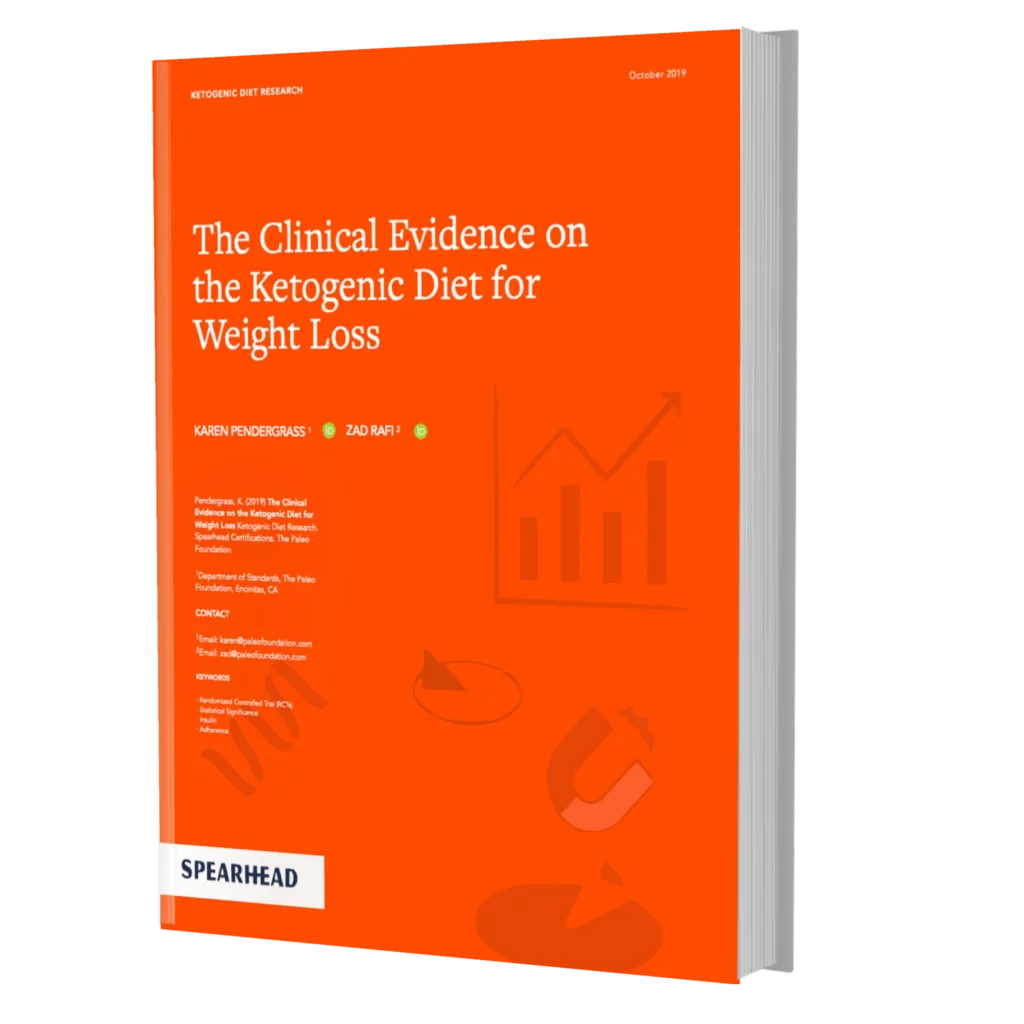2. Grain-Free
2.0.1 Grains. All Products must not contain Grains or Pseudograins. Disallowed Grains include, but are not limited to:
| Name | Latin Name | Type |
| Amaranth | Amaranthus cruentus | Pseudograin |
| Barley | Hordeum vulgare | Grain |
| Buckwheat | Fagopyrum esculentum | Pseudograin |
| Bulgur | Triticum ssp. | Grain |
| Corn | Zea mays mays | Grain |
| Farro | Triticum spelta, Triticum dicoccum, Triticum monococcum | Grain |
| Farro / Einkorn | Triticum monococcum L | Grain |
| Farro / Emmer | Triticum turgidum dicoccum | Grain |
| Farro / Spelt | Triticum aestivum spelta | Grain |
| Millet | Panicum miliaceum, Pennisetum Glaucum, Setaria italica, eleusine coracana, digitaria exilis | Pseudograin |
| Freekeh / Farik | Triticum turgidum var. durum | Grain |
| Durum Wheat | Triticum durum or Triticum turgidum subsp. durum | Grain |
| Khorasan Wheat | Triticum turgidum turanicum | Grain |
| Oats | Avena sativa | Grain |
| Quinoa | Chenopodium quinoa | Pseudograin |
| Kañiwa | Chenopodium pallidicaule | Pseudograin |
| Rice | Oryza sativa, Oryza glaberrima | Grain |
| Rye | Secale cereale | Grain |
| Sorghum | Sorghum spp. | Grain |
| Teff | Eragrostis tef | Grain |
3. Legume-Free
3.0.1 Legumes. Certified Paleo Products must not contain legumes. Arboreal Legumes and derivatives are an exception to this rule. Disallowed Legumes include but are not limited to:
|
Legumes |
|
Beans, Lentils, Peas, Peanuts, Soy and Soy derivatives, Tempeh, Lupin |




